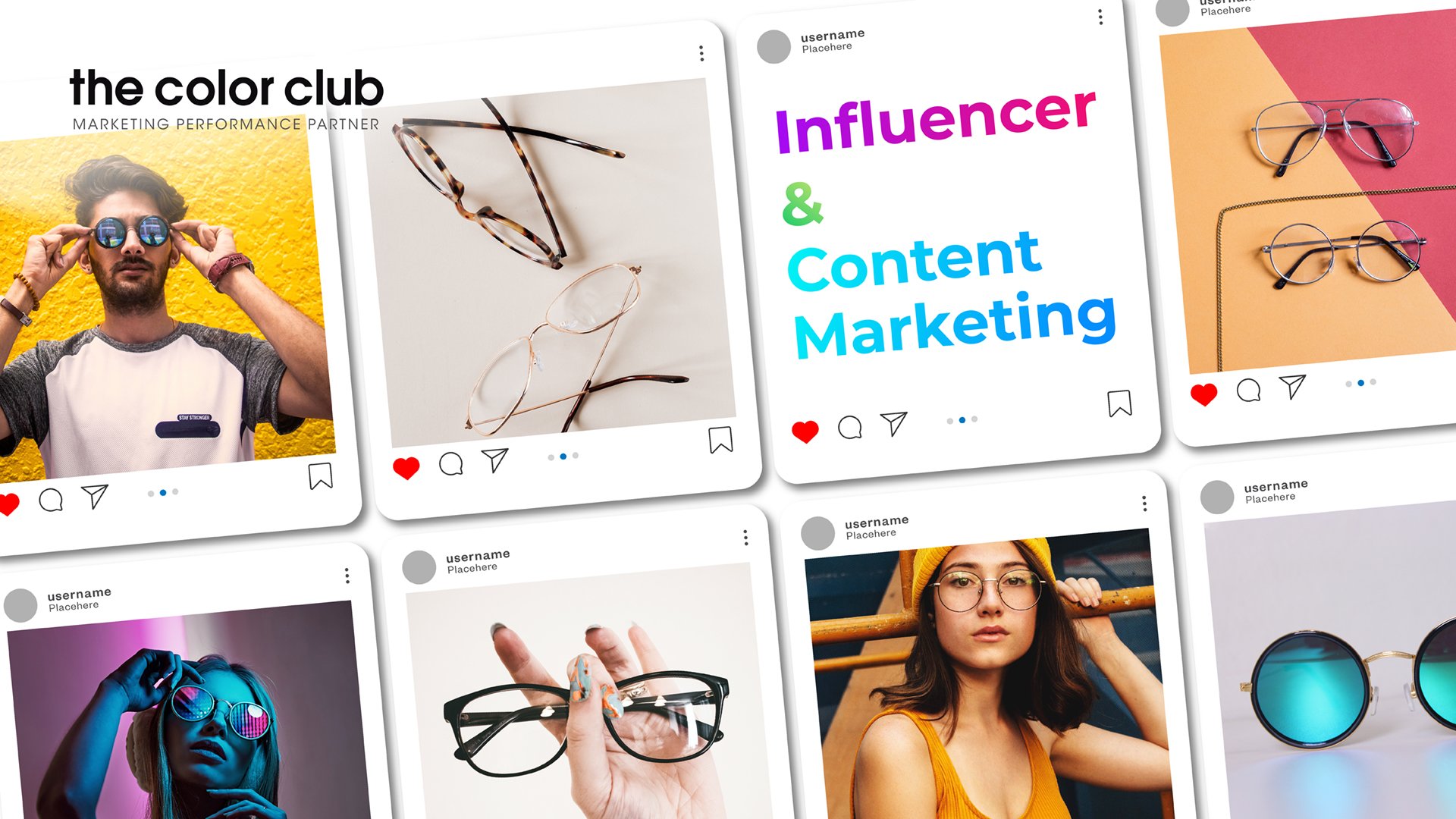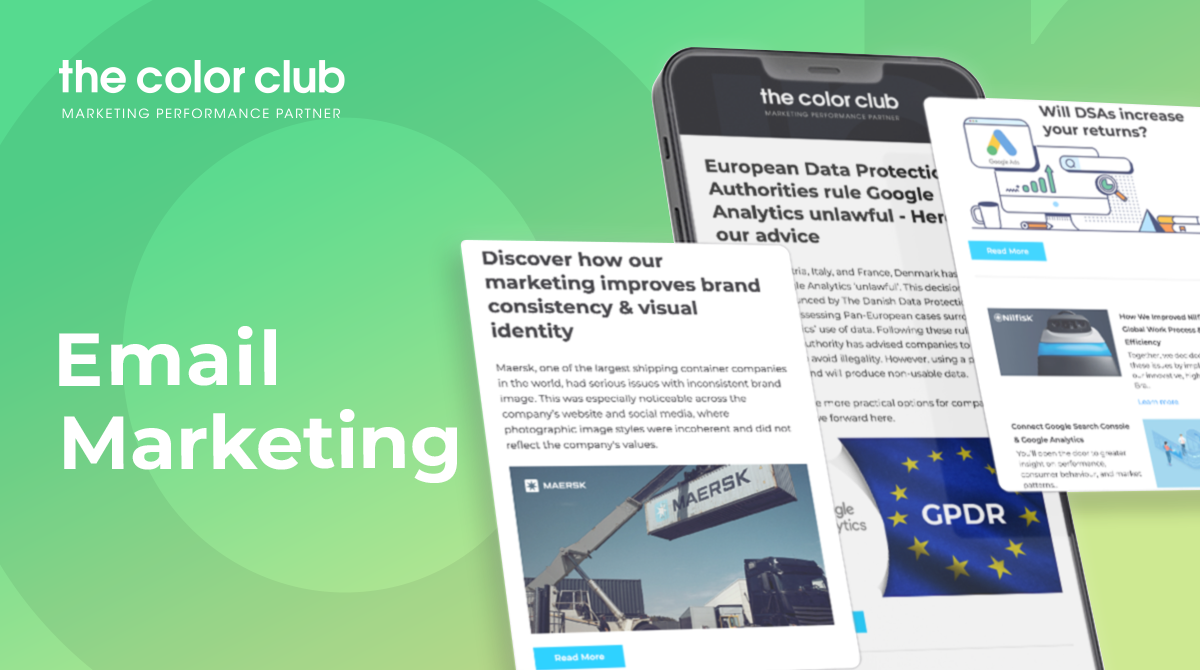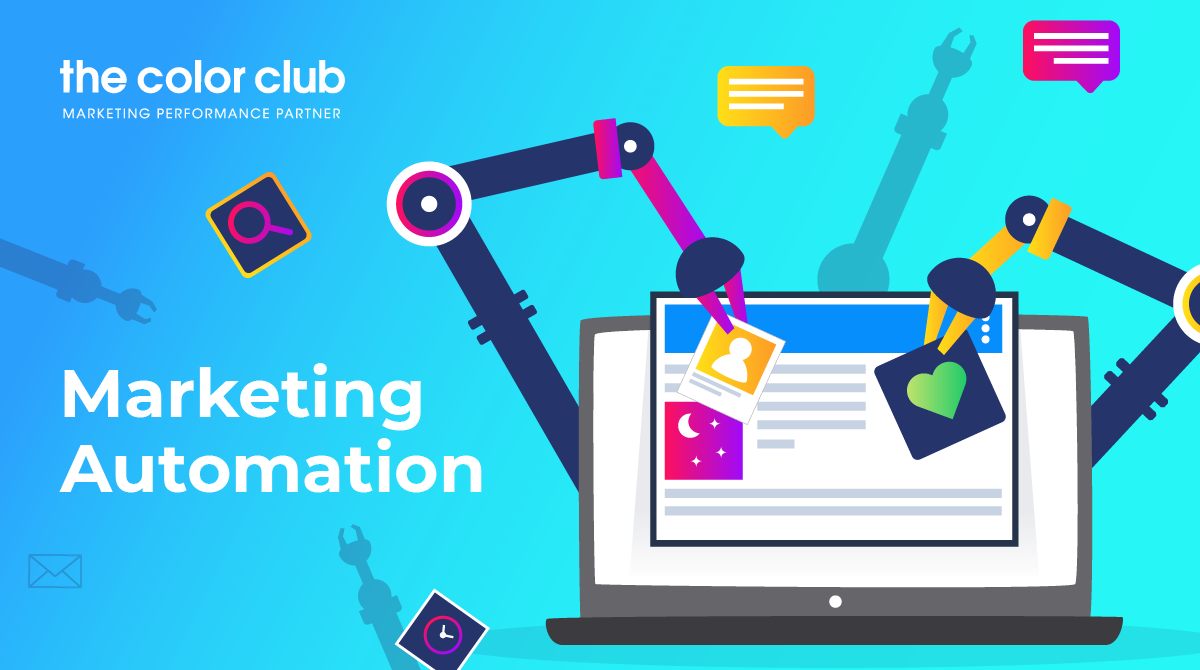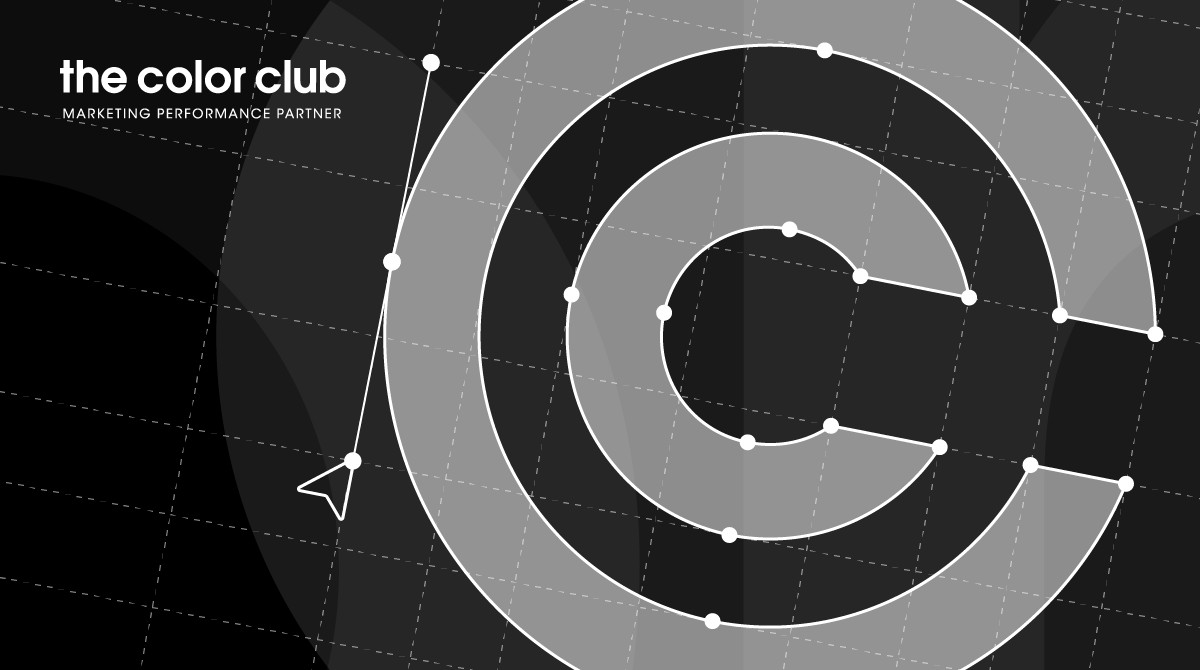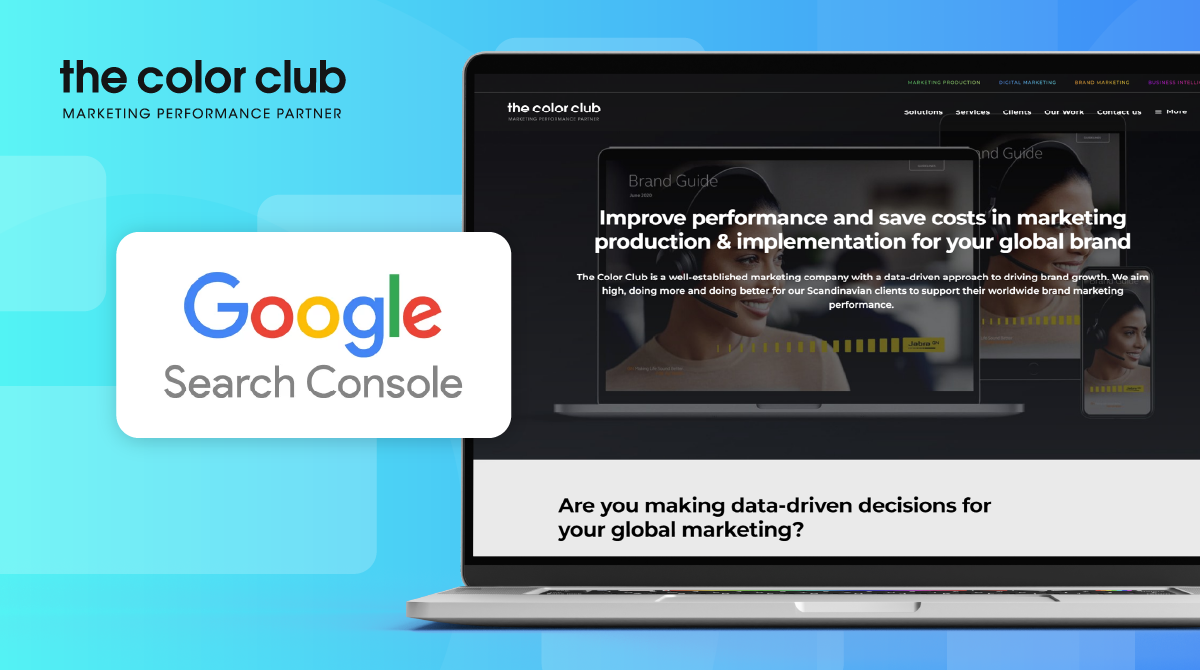Introduction
In a recovering global market, how do you connect with new and existing customers whilst building brand trust? -Take advantage of Influencer and Content Marketing.
Influencer and content marketing strategies present great opportunities to connect with your customers, spark brand interest and create a loyal following. Both options are affordable and help brand your company in imaginative ways, allowing you to connect with customers worldwide.
Next, we’ll discuss these two strategies, their benefits, what to watch out for, and our final thoughts on what might work best for your company.
What is Content Marketing?
With Content Marketing, companies create branded material to either directly or indirectly sell products or services. One way to use content marketing is to develop a blog, publish an ebook, write case studies, or send newsletters.
Also, social media posts, podcasts, videos, customer reviews, and brand campaigns can fall under Content Marketing. When used effectively, this strategy can educate, entertain, engage, and fix your customers’ pain points to increase key conversions.
For instance, on international women’s day, Linkedin created a viral video documenting real-life stories of women overcoming difficulties caused by the pandemic. The campaign was named #WeCanDoIt and brought attention to women’s issues during the pandemic, generating public discussion and raising the profile of LinkedIn.
What is Influencer Marketing?
Influencer marketing is when a company calls on individuals with a dedicated internet following to promote their products or services. When social media started to take off, the marketing game completely changed, and brands began to use social media as a direct advertising channel. By collaborating with influencers to reach potentially millions of followers, companies can connect with new customers, improve website traffic, and increase revenue.
For example, the world-renowned skincare brand Olay used influencer marketing for a 28-day campaign. During this time, the ‘Fearless 9’, a collection of influential models and athletes, exchanged normal beauty regimes for Olay’s skincare products in preparation for a makeup-free event. By creating the ‘Fearless 9’ and using the #FaceAnything hashtag, Olay sparked a women’s movement to embrace natural beauty, bringing authenticity to its marketing and helping the brand connect with a wider audience.
Key differences between Influencer and Content Marketing
Content Marketing
- High-quality info-rich content;
- Clearly defined & targeted audience;
- Company-created content;
- Create customer action & generate leads;
- Full control of content & type;
- Helps drive SEO & organic results;
- Low-cost and affordable for any size business.
Influencer Marketing
- Social media marketing;
- Less control over influencer’s content creation;
- Increases brand awareness & promotes products;
- Focuses on content distribution, sharing, tagging, viral videos etc.;
- Costs vary depending on the influencer’s followers;
- Instantly build trust, especially with new customers.
- Results depend on the influencer’s impact.
Benefits of Content Marketing to your company
For most companies, an instant way to help drive traffic and develop SEO is through content marketing. It’s cheap, accessible and a proven way to build brand awareness.
Let’s have a look at the main advantages of Content Marketing for your business:
Improve your brand’s credibility
If your company creates high-quality, unique, and valuable content, you’ll stand out from the crowd and build credibility in a competitive market. One way to do this would be to share positive reviews and testimonials to create trust in your brand.
Stronger customer relationships
By creating great content consistently, customers will feel they can turn to your brand for up-to-date information and product queries, helping build strong and long-lasting customer relationships.
Create a voice for your brand
You can build an expert, trusted and reliable voice in your market by creating content. Whether your company is in retail or finance, content allows you to regularly reach out, engage and share your knowledge with customers.
If someone searches for your products and finds a wealth of quality information, it will help build trust and increase the chances of conversion.
Improve website traffic
The main benefit of Content Marketing is that it will increase website traffic through online search results. According to Hubspot, companies that post 16 blogs per month can generate 4.5 times more traffic: hit those SEO keywords and see traffic improve.
What to keep in mind with Content Marketing
When using Content Marketing as a strategy, keep in mind the following:
High level of consistency
You must publish content regularly but consistently at a high quality, and depending on company resources, this could lead to employee burnout or having to turn to expensive writing agencies.
Competitive market
Markets are extremely competitive, and when it comes to content creation, sometimes it’s hard to hit high-level SEO results and compete, especially with bigger companies. That’s why you must consider all your products and services to help spark content creation, highlighting your USPs and niche factors to help push those SEO results.
Benefits of Influencer Marketing to your company
Influencer marketing now dominates social media -take a scroll through Instagram, and you’ll find someone advertising a product. So, let’s find out why brands turn to influencer marketing:
Build trust & brand awareness
By advertising with influencers, brands can create a human connection, helping build more meaningful relationships with customers worldwide.
Improve your reach
By working with several influencers, or an influencer with a large following, you’ll improve your brand’s reach and connect with global customers.
Go Viral
Many brands have had campaigns that go viral through influencers generating conversations, retweeting or posting fun content. This helps drive organic traffic and SEO results -creating an incredibly high impact ceiling for influencer marketing.
What to keep in mind with Influencer Marketing
Influencer marketing comes with its challenges. Let’s have a look at what to watch out for:
Advertising transparency
For a long time, brands could use influencers without their followers knowing, but the demands for customer transparency now mean influencers have to state that it is a paid ad. This negatively impacts building customer trust, as many will question whether the ad is a genuine recommendation.
Do followers really mean engagement?
Brands want to build meaningful relationships with customers, but choosing a Kardashian-level following sometimes isn’t the best option to generate product interest: Likes don’t always mean sales.
Recently, brands have been moving to micro-influencers who are more engaged with their followers, as there tends to be a greater level of engagement and trust, leading to a higher chance of sales.
Money, money, money
Influencer marketing is now a multi-billion dollar industry, and those with large followings can demand large amounts of money. This means that small companies might not have the financial resources to adopt this strategy.
However, micro-influencers are becoming more valued as they tend to have greater follower engagement, allowing any sized company to take advantage of influencer marketing.

Our final thoughts on Content & Influencer Marketing
Each marketing strategy provides a creative way to engage with customers. If your company has the resources, the best way to take advantage of Influencer and Content marketing is to invest in both. This will help build trust, develop brand awareness and increase your chances of sales. Ultimately, each strategy will help bridge the connection between your company and customer for stronger, more meaningful relationships.


